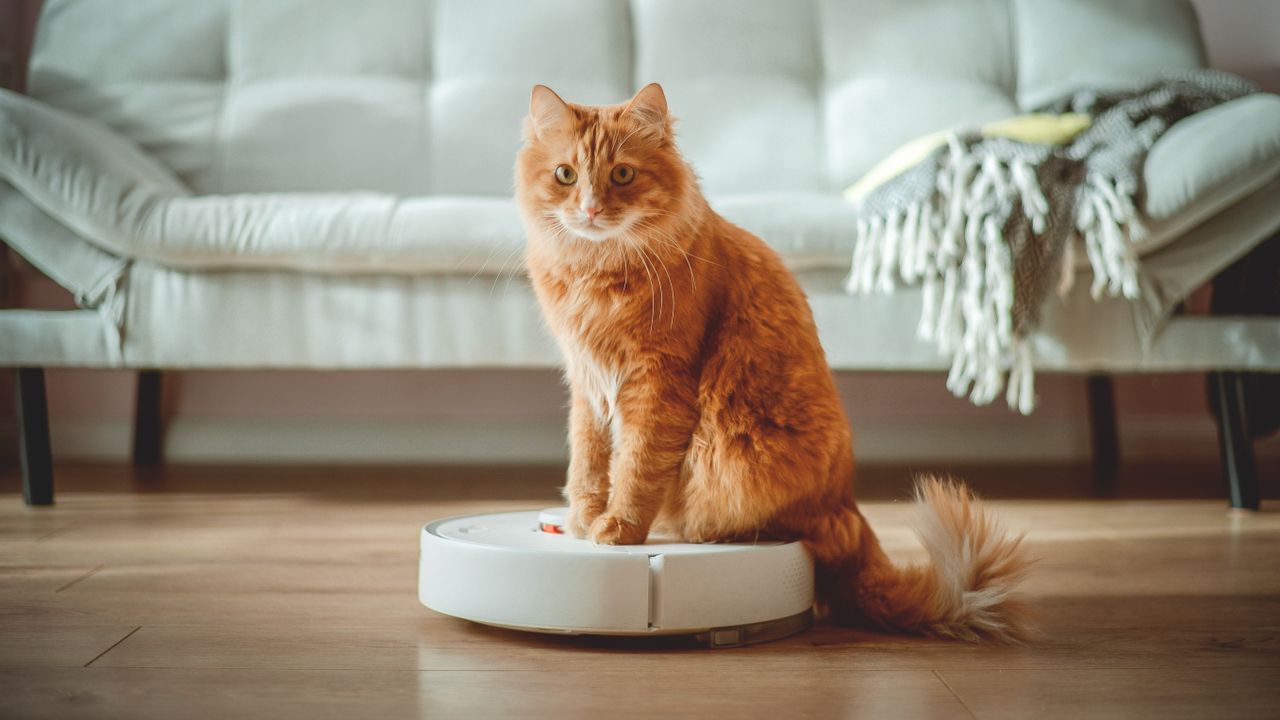Lifestyle
Troubleshooting Your Robot Vacuum: Why It Goes in Circles

Robot vacuums have become a popular solution for those seeking to reduce household chores, allowing users to enjoy their free time without the hassle of cleaning. However, many users may find their devices malfunctioning, with one common issue being that their robot vacuum goes in circles or zigzags instead of navigating in a straight line. Understanding the reasons behind this malfunction can help users restore functionality without needing to purchase a new unit.
Common Causes of Circular Navigation Issues
Experts identify several potential reasons why a robot vacuum may struggle with navigation. One of the leading causes is problems with the wheel encoder or drive motor. According to Tatyana Dimitrova, an appliance maintenance expert at Fantastic Services, “Each wheel on a robot vacuum has an encoder sensor that tracks how far the wheel has turned.” If one of these encoders becomes dirty or faulty, the vacuum may misinterpret its movement and begin circling.
To resolve this issue, users should inspect both side wheels for debris such as hair or dust buildup around the axles. Dimitrova suggests manually spinning each wheel to check for uneven resistance or grinding sounds. If the vacuum model allows it, accessing diagnostic mode may provide wheel motor error codes for further troubleshooting.
Another aspect to consider is the potential damage to the wheels. Users should ensure that nothing is lodged inside the wheels, as this can disrupt the robot’s path and cause erratic movement.
Sensor Maintenance and Software Updates
Another significant factor affecting a robot vacuum’s performance is dirty or obstructed sensors. Many robot vacuums feature multiple sensor types, including infrared and ultrasonic sensors for obstacle detection, cliff sensors to prevent falls, and camera or LiDAR sensors for environmental mapping. A spokesperson from Ecovacs explains that when sensors are dirty, the vacuum may mistakenly identify non-existent blockages, leading to erratic navigation.
Routine cleaning of the robot vacuum is crucial. Users are advised to gently wipe the sensors with a soft microfiber cloth and regularly clean the wheels to remove hair and dust. Dimitrova recommends weekly maintenance, including using a soft brush or tweezers to ensure that the wheel axles remain clear of debris, as even minor buildup can impede sensor performance.
Additionally, outdated software can contribute to navigation issues. Dimitrova emphasizes the importance of keeping the vacuum’s firmware updated, noting that performing a software reset or re-mapping session every few months can enhance navigation accuracy. Users should check for updates through the manufacturer’s app, as many navigation bugs can be resolved with firmware patches.
In summary, maintaining the wheels, sensors, and software of robot vacuums can significantly improve their performance. Regular inspections and upkeep can ensure that these devices continue to operate effectively, allowing users to enjoy the convenience they provide.
-

 Science4 weeks ago
Science4 weeks agoALMA Discovers Companion Orbiting Giant Red Star π 1 Gruis
-

 Top Stories2 months ago
Top Stories2 months agoNew ‘Star Trek: Voyager’ Game Demo Released, Players Test Limits
-

 Politics2 months ago
Politics2 months agoSEVENTEEN’s Mingyu Faces Backlash Over Alcohol Incident at Concert
-

 World2 months ago
World2 months agoGlobal Air Forces Ranked by Annual Defense Budgets in 2025
-

 World2 months ago
World2 months agoMass Production of F-35 Fighter Jet Drives Down Costs
-

 World2 months ago
World2 months agoElectrification Challenges Demand Advanced Multiphysics Modeling
-

 Business2 months ago
Business2 months agoGold Investment Surge: Top Mutual Funds and ETF Alternatives
-

 Science2 months ago
Science2 months agoTime Crystals Revolutionize Quantum Computing Potential
-

 Top Stories2 months ago
Top Stories2 months agoDirecTV to Launch AI-Driven Ads with User Likenesses in 2026
-

 Entertainment2 months ago
Entertainment2 months agoFreeport Art Gallery Transforms Waste into Creative Masterpieces
-

 Business2 months ago
Business2 months agoUS Government Denies Coal Lease Bid, Impacting Industry Revival Efforts
-

 Health2 months ago
Health2 months agoGavin Newsom Critiques Trump’s Health and National Guard Plans









